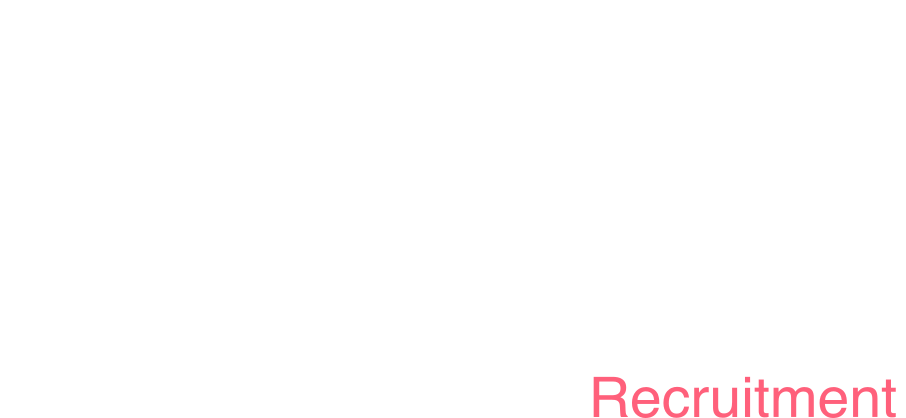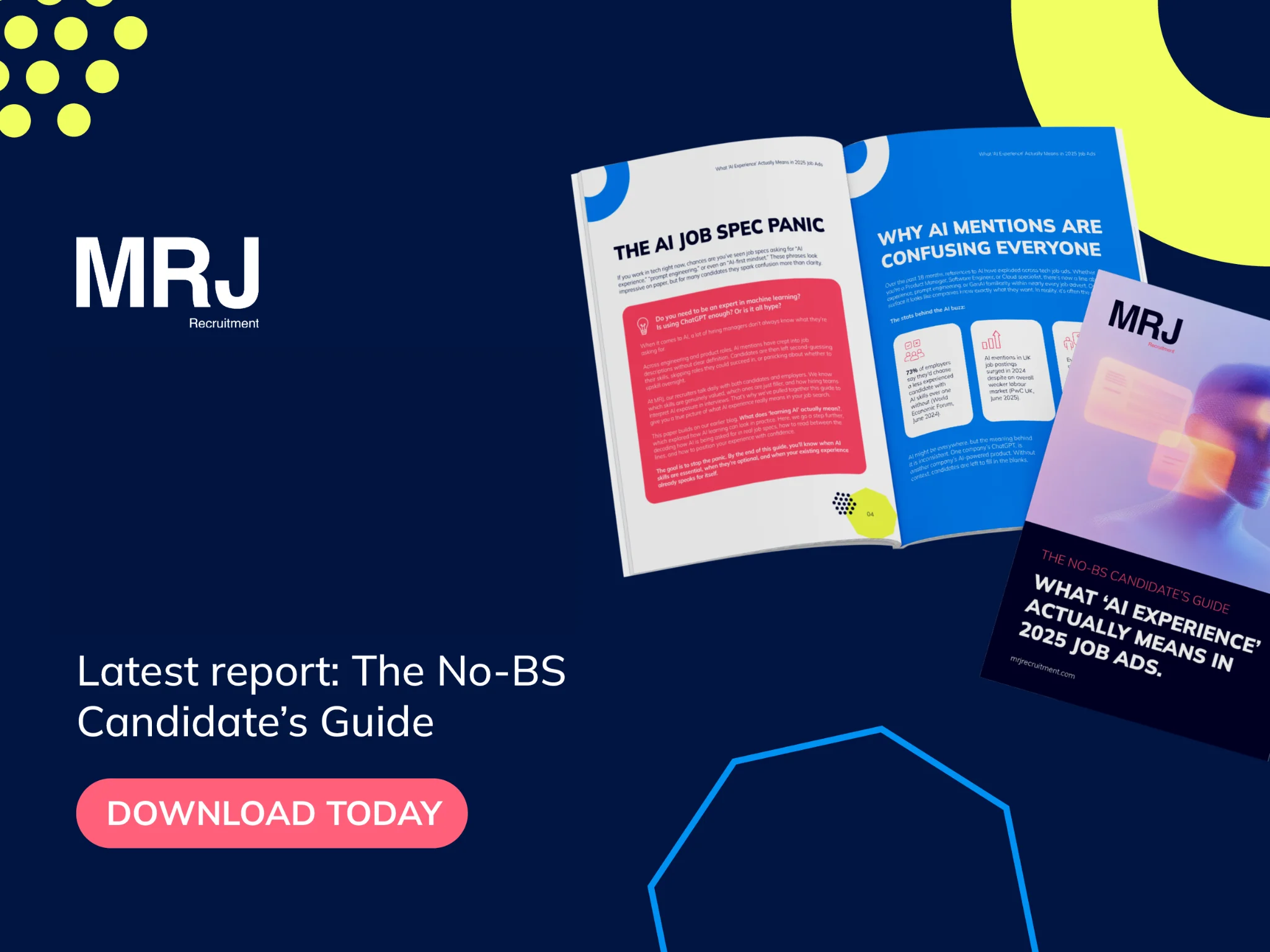What SDLC Paradigm Works Best? Real Developer Insights and Practical Lessons
17 Jun, 20256 minutesAt MRJ Recruitment, we stay connected to the tech industry by regularly talking with enginee...

At MRJ Recruitment, we stay connected to the tech industry by regularly talking with engineers, developers, and project leaders. These professionals build everything from fintech platforms to healthtech apps. Recently, a question from a software engineering student really stood out to us: "Which software development life cycle (SDLC) paradigm did you use in your project, and why?"
This question may seem academic, but it is very relevant in today’s engineering world. The method a team chooses for developing, testing, and delivering software can greatly affect the success or failure of a product. From student projects to billion-pound systems, SDLC models influence everything from speed to team morale to the quality of the final product.
So, we thought it would be helpful to answer the question in a way that goes beyond theory.
Understanding the SDLC Paradigms
First, let’s review what SDLC means. The Software Development Life Cycle (SDLC) refers to the process software teams use to design, develop, test, and deploy software. While many approaches exist, most fall under a few main paradigms:
- Waterfall: A linear approach requiring each phase to be completed before moving to the next. It is predictable but can be inflexible.
- Agile: An iterative and flexible model focused on collaboration, quick feedback, and ongoing improvement.
- Scrum & Kanban: Both are variants of Agile. Scrum introduces sprints and rituals, while Kanban emphasises visualising work and limiting work in progress.
- Spiral or Iterative: Combines design and prototyping in phases, focusing on risk assessment.
- DevOps-Inspired: Involves continuous integration and continuous delivery (CI/CD) and collaboration among cross-functional teams for quick deployment.
Each model has its own strengths. In practice, many teams create a hybrid that suits their product, culture, and customers.
What Developers Say: Real-World Usage
To gain more insights, we talked with developers and tech leaders from various sectors. Here’s what they shared:
1. Agile: The Dominant Force (But Often Misapplied)
Most teams in fast-paced, user-facing environments (like SaaS, e-commerce, or mobile apps) tend to use some form of Agile. The reasons are clear:
- Faster iteration
- Ability to adapt to changing requirements
- Closer collaboration with stakeholders
However, one senior developer pointed out, "Most of the Agile I’ve seen isn’t true Agile — it’s Kanban with rituals or 'Scrum-but.' It works, but the ceremony can get in the way." Many teams claim to be Agile, but they often pick and choose the processes that suit their needs. Some call it pragmatic, while others view it as a watered-down version of the original Agile manifesto. Nevertheless, the core idea of delivering in iterations remains strong. In situations where continuous user feedback is key, Agile is tough to beat.
2. Waterfall: Not Dead Yet
Despite being seen as outdated, Waterfall remains relevant, especially in industries where regulation and clear upfront requirements are vital (like healthcare, aerospace, or government systems). One project lead explained, "If the requirements are stable and well-understood, Waterfall can be more efficient. It provides structure and reduces ambiguity." The predictability of Waterfall is its main advantage. However, when requirements change — as they often do — its rigidity can slow progress and result in costly rework.
3. Hybrid Models: The Best of Both Worlds?
More teams are now creating their own mixes of SDLC practices. For example:
- Startups often start with rapid prototyping (sometimes called the "hack and learn" phase) before transitioning to Agile sprints.
- Established products may use a more structured Agile approach, adding elements of planning, documentation, and regular release cycles.
- Cross-functional teams might integrate DevOps practices to enable faster, more stable releases through CI/CD pipelines.
A senior engineer noted, "We move between models as the product evolves. Early on, it’s about speed and validation. Later, it’s about stability and scale." Flexibility seems to be the true advantage here.
Why Do Teams Choose One SDLC Over Another?
Through our discussions, some key themes emerged that affect SDLC choices:
- Project Complexity: More complex systems benefit from structured approaches, while simpler or experimental builds thrive with flexibility.
- Team Size and Experience: Smaller, experienced teams can adapt quickly, while larger teams may require more structure.
- Client or Compliance Needs: Regulated industries often require more documentation and predictability.
- Company Culture: Startups often favour Agile for speed, while larger enterprises may prefer process-heavy models.
- Evolution Over Time: Many teams begin with Agile and add Waterfall-style planning as projects grow.
Overall, no model is perfect. It involves making intentional trade-offs based on your team’s specific needs.
Lessons for New Developers (and the Teams Hiring Them)
For those new to software development, here are a few takeaways from experienced professionals:
- Understand the basics of Agile while recognising the difference between theory and its actual application.
- Be open to hybrid methods. The best teams experiment, learn, and adapt.
- Documentation is important. Even in Agile settings, tools like Architecture Decision Records (ADRs) can provide critical context.
- CI/CD isn’t just a trend; it is becoming a vital part of how modern teams deliver software safely and quickly.
If you’re hiring tech talent, knowing how a candidate has worked in or adjusted to different SDLC environments can offer important insights into their problem-solving skills and cultural fit.
Final Thought: There’s No “One Right Way”
The software development landscape is too diverse for any single methodology to be the best. What matters most is understanding your context, your team, your goals, and your limitations. At MRJ Recruitment, we work with teams across various industries that use every model imaginable. From Agile-native start-ups to regulatory-heavy enterprise rebuilds. This wide-ranging insight helps us connect companies with candidates who won't just code but will deliver.
So, as you scale a product or prepare for your next big hire, consider this: What development culture are you creating? Does your SDLC process support that culture?
Need to hire developers who understand your SDLC philosophy? Let’s talk. We know the talent and we understand the process. Start your search at MRJ Recruitment.



